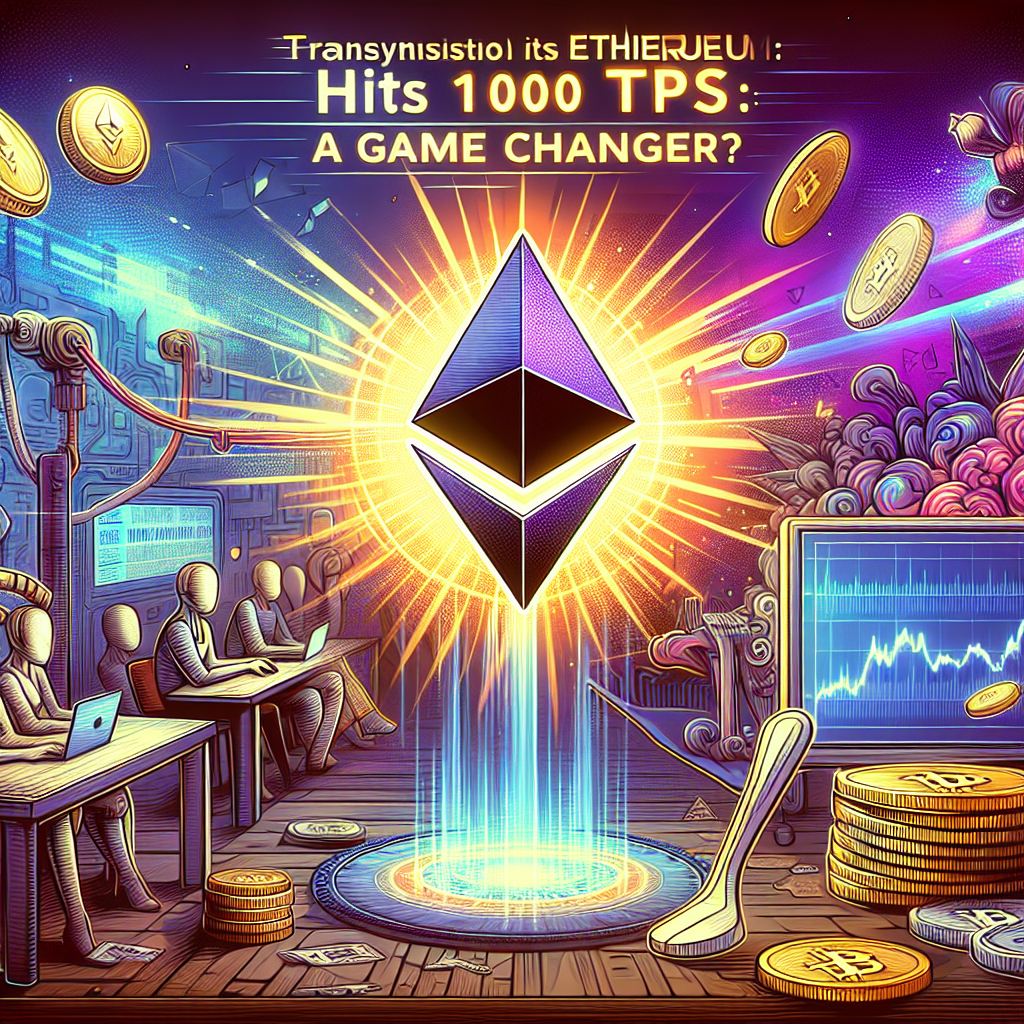Hey blockchain buffs! Unless you’ve been living under a rock (or, worse, completely offline), you know that something big just landed on the Ethereum network: the much-anticipated London hard fork. But what is it really all about?
EIP-1559: A Game-Changer?
The London hard fork brought several upgrades, and EIP-1559 is the star of the show. Think of it as Ethereum’s own version of Marie Kondo-ing your cluttered gas fees. Essentially, EIP-1559 changes how transaction fees work on the network—introducing a base fee that gets burned instead of going to miners. 🚒🔥 Say goodbye to guessing the right amount to make your transaction go through! Now, the network automatically adjusts the base fee based on demand, and you, dear user, can add a ‘tip’ to speed things up. Get ready for economy 101 meets gas station etiquette.
BUT, there’s a bit of controversy. Some miners are grumbling because less ETH is going to their wallets, while others argue that this is a step towards making $ETH a deflationary asset—Scarcity + Demand = Moon, right?
With 100+ million users, Binance is the platform trusted to buy, sell, and manage crypto safely.
BinanceOther Notable Upgrades
Apart from EIP-1559, the London fork includes a few more tweaks like EIP-3554, which delays the ‘difficulty bomb’ until December. If you’re scratching your head, the ‘difficulty bomb’ is like a ticking time bomb in Ethereum’s code intended to gradually make mining Ethereum more difficult, nudging miners towards Ethereum 2.0 and proof-of-stake. Game theory much?
Conclusion: Moon or Meh?
So, is this the moment Ethereum hodlers have been waiting for? It’s a mixed bag, honestly. While EIP-1559 aims to stabilize gas fees and move toward a deflationary model, the full effects will take some time to settle in. One thing’s for sure, this London fork sets the stage for Ethereum’s transition to a PoS network. Buckle up, we’re on a one-way rocket to ETH 2.0, but patience is the ticket.












